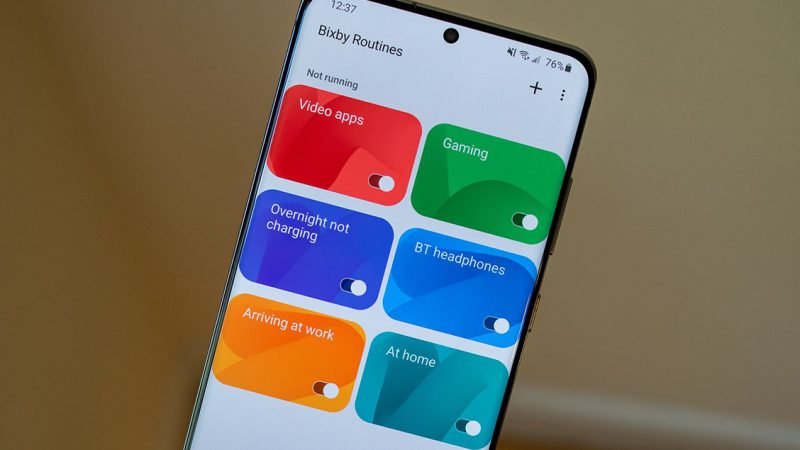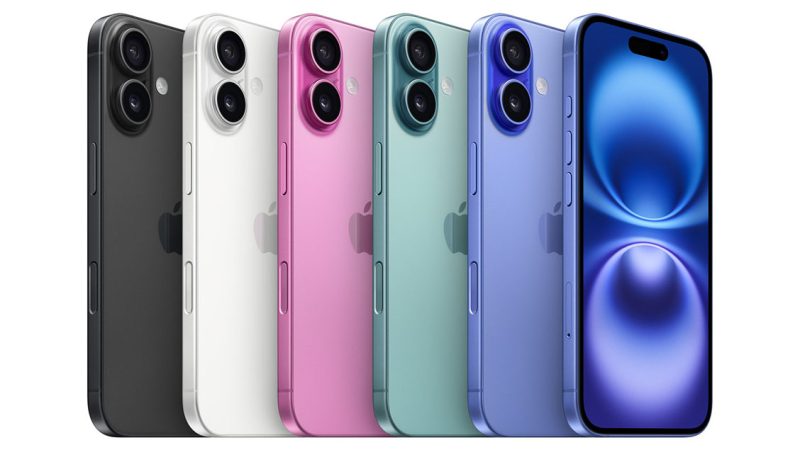Flagship Smartphone Showdown: Who Is the Ultimate Champion of 2025?
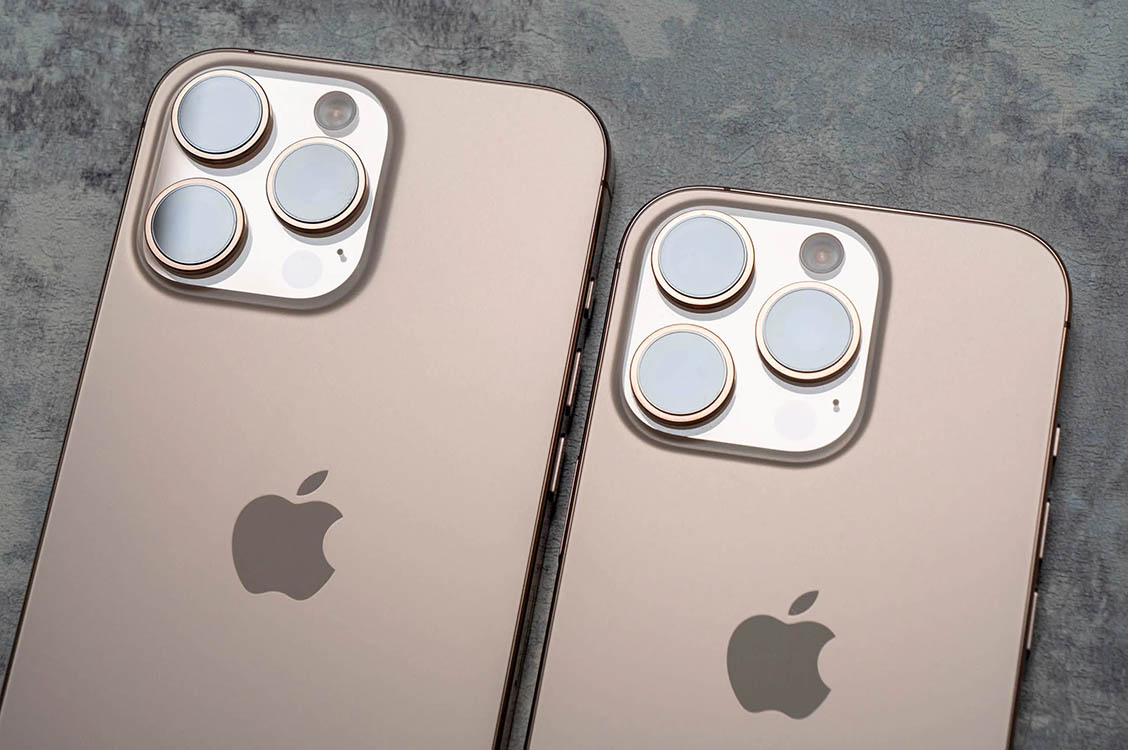
In 2025, the smartphone industry has ushered in a truly monumental year. With comprehensive advancements in AI processing, imaging systems, display quality, and battery technology, nearly every major phone manufacturer has released top-tier flagship models that aim to redefine the limits of mobile innovation. From Apple to Samsung, Huawei to Xiaomi, each high-end device excels in certain aspects. But in this intense flagship battle, which phone truly deserves the title of “the all-around king”? And which ones shine in specific areas, making them the best choice for particular users?
I. Design & Craftsmanship: A New Divide in Aesthetic Language
In 2025, design is no longer about which phone looks flashier, but rather which one is more refined and instantly recognizable.
The iPhone 16 Pro Max continues with its titanium alloy frame, now slimmer and lighter. The matte glass back feels warm and premium in hand, and the newly reconfigured triangular camera layout improves visual balance.
The Samsung Galaxy S25 Ultra retains its boxy frame and curved display combo, with a symmetrical streamline that feels highly futuristic. Notably, Samsung integrates recycled materials into the back panel for the first time, achieving both eco-friendliness and premium texture.
The Huawei P70 Pro+ revisits its symmetrical aesthetic with a rounded frame and a ceramic-glass back, achieving both visual elegance and excellent grip. The camera module is more restrained this time, enhancing the overall sleekness.
The Xiaomi 15 Ultra continues its bold, camera-centric design. Its large circular camera module dominates the upper rear, signaling its imaging prowess. The high-strength aluminum alloy frame boosts drop resistance.
The Google Pixel 9 Pro maintains the signature horizontal bar-style camera layout, channeling a retro academic vibe. The matte glass back and minimalist aesthetic give it strong identity.
From a craftsmanship and design language standpoint, the iPhone 16 Pro Max and Galaxy S25 Ultra remain at the pinnacle of industrial design. If you prefer a unique feel and balanced ergonomics, the Pixel 9 Pro and Huawei P70 Pro+ are also excellent choices.
II. Display Quality: The Ultimate Visual Experience
The competition in smartphone displays has never been fiercer. In 2025, all five models feature LTPO OLED panels with 1Hz–120Hz adaptive refresh rates. However, they differ in brightness, color accuracy, and anti-reflective performance.
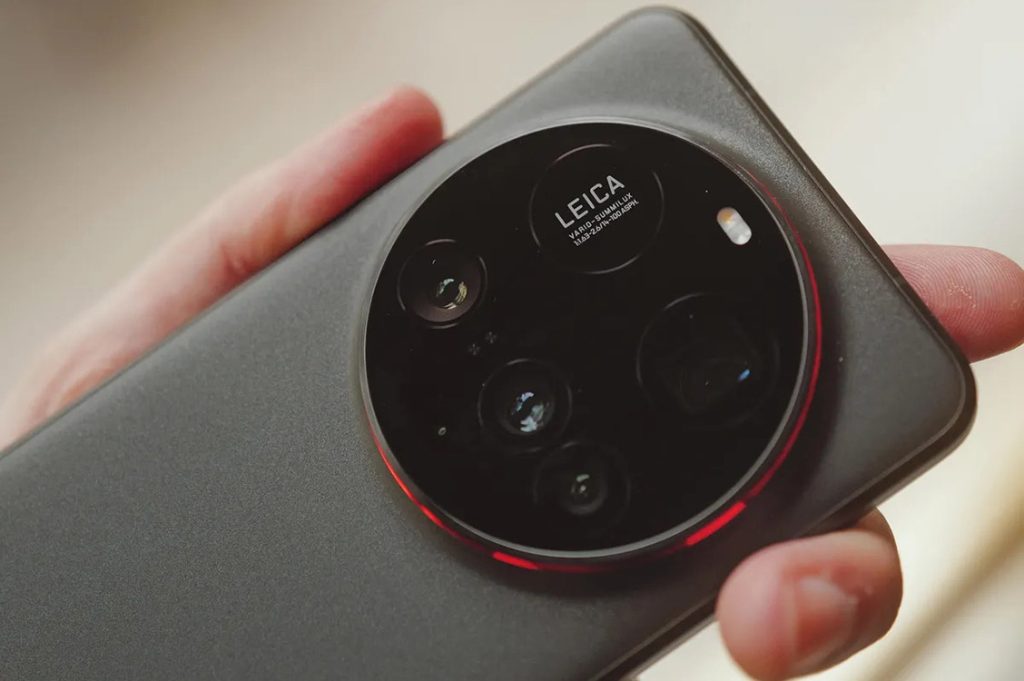
- iPhone 16 Pro Max uses a 6.7-inch Super Retina XDR OLED panel with peak brightness of 2500 nits. It remains clearly visible even in direct sunlight, with best-in-class color calibration and support for HDR10 and Dolby Vision.
- Galaxy S25 Ultra sports a 6.8-inch QHD+ display with a stunning 2800 nits peak brightness. The refined curve design minimizes accidental touches.
- Huawei P70 Pro+ introduces a custom BOE OLED panel reaching 2600 nits, supporting wider color gamut and near-DC dimming to reduce eye strain.
- Xiaomi 15 Ultra boasts a 2700-nit display with Dolby Vision and HDR10+ support. Its professional color modes deliver exceptional depth, especially for video content.
- Pixel 9 Pro features a 6.7-inch screen with 10-bit color depth. Though its peak brightness (2300 nits) is slightly lower, its excellent anti-reflective coating ensures high readability.
For multimedia enthusiasts, Samsung and Xiaomi provide the most stunning displays. Apple continues to lead in color accuracy and fluid animations. Huawei prioritizes eye comfort, while Pixel appeals to fans of clean, natural visuals.
III. Processor & Performance: Entering the AI-Powered Era
By 2025, flagship smartphones treat AI accelerators as a core component of their chip architecture. AI processing is now a new frontier in performance.
- iPhone 16 Pro Max features the A18 Pro chip built on TSMC’s second-gen 3nm process, offering a 20% performance boost over A17 Pro, especially in graphics and generative AI tasks.
- Galaxy S25 Ultra runs on the Snapdragon 8 Gen 4 (or Exynos 2500 in some regions), featuring the new Phoenix architecture. CPU and GPU performance receive a major leap, with AI inference speed doubling from the previous generation.
- Huawei P70 Pro+ uses the in-house Kirin 9010 chip, supporting on-device large language model capabilities. HarmonyOS NEXT ensures smooth system performance.
- Xiaomi 15 Ultra also utilizes Snapdragon 8 Gen 4, with a dedicated AI NPU to enhance smart photo search, portrait processing, and voice assistant responsiveness.
- Pixel 9 Pro houses Google’s Tensor G4 chip. Though conventional performance trails behind rivals, its AI capabilities—like live translation and intelligent photo optimization—are impressive.
Apple and Qualcomm still lead in raw performance, especially in graphics and gaming. Huawei, Google, and Xiaomi each shine in AI functionality, catering to different user scenarios.
IV. Imaging System: The Pocket Photography Masters
Smartphone cameras have shifted from pixel count races to delivering better image quality through larger sensors, smart algorithms, and versatile zoom capabilities.
- iPhone 16 Pro Max offers a triple-camera setup with a 48MP 1/1.28″ main sensor. Optical stabilization has improved, and a new 5x periscope zoom adds versatility. Night mode delivers more natural details.
- Galaxy S25 Ultra features a quad-camera system: 200MP main, 12MP ultra-wide, and dual telephoto lenses (10x periscope and 3x optical). Its strength lies in zoom range and AI-enhanced dynamic range.
- Huawei P70 Pro+ emphasizes low light and portrait photography, with a 50MP variable aperture main lens and periscope telephoto. The XMAGE system delivers cinematic visuals.
- Xiaomi 15 Ultra continues its Leica collaboration, offering four large-sensor cameras. Color rendering and depth simulation are distinctive, and 14-bit RAW support makes it ideal for pro users.
- Pixel 9 Pro may have modest hardware, but Google’s AI algorithms produce incredibly sharp and well-balanced images, particularly in portraits and night scenes.
If you need full focal length coverage and powerful zoom, Samsung and Huawei are top picks. For portrait artistry and Leica colors, Xiaomi is a clear winner. For point-and-shoot simplicity, Pixel excels. iPhone leads in consistent color and cinematic video.
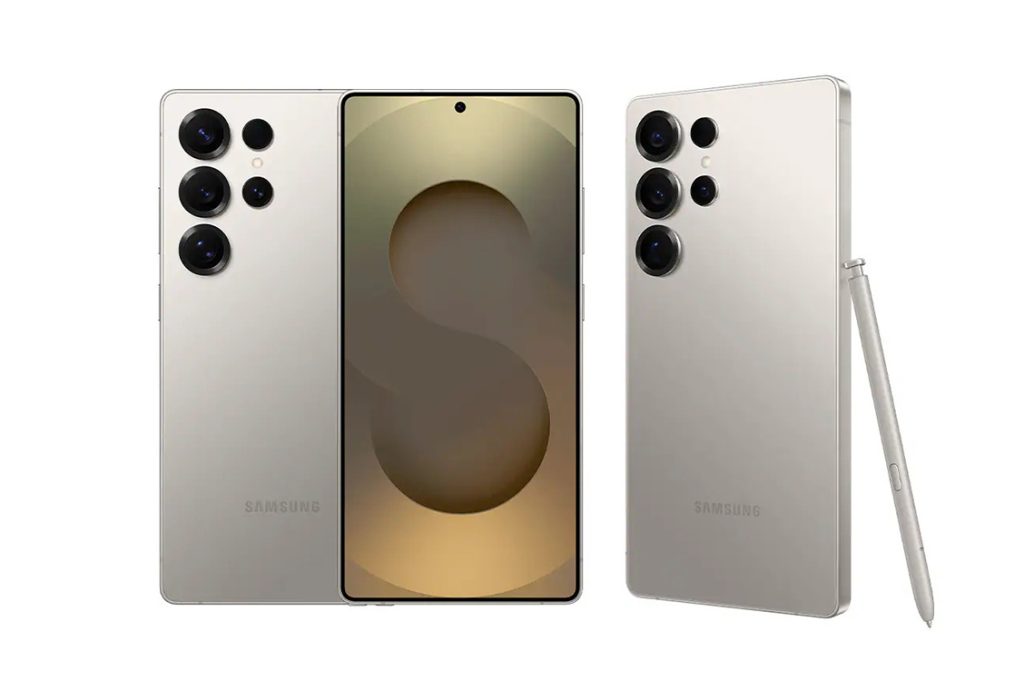
V. Battery Life & Charging: The Balance of Speed and Endurance
- iPhone 16 Pro Max has a 4452mAh battery, optimized for endurance. Real-world usage yields 8–9 hours of screen time. It supports 35W wired and 15W MagSafe wireless charging.
- Galaxy S25 Ultra comes with a 5000mAh battery and supports 45W wired and 15W wireless charging. Its power management is among the best in Android.
- Huawei P70 Pro+ features a 5050mAh battery with 88W wired and 50W wireless fast charging, reaching 85% in just 30 minutes—ideal for heavy users.
- Xiaomi 15 Ultra pushes the limits with a 5300mAh battery, 90W wired and 50W wireless charging. It’s the fastest-charging flagship on the list.
- Pixel 9 Pro has a 4750mAh battery with 27W wired charging. While conservative in specs, Google’s efficiency tuning ensures full-day performance.
For charging speed, Xiaomi and Huawei are unmatched. Apple and Samsung focus on reliability, while Pixel offers decent efficiency with lower wattage.
VI. Software Ecosystem & AI Smart Features
Operating systems have evolved into AI-powered ecosystems that go far beyond user interface design.
- iOS 18 brings enhanced generative AI features. Siri now runs on Apple GPT, supporting cross-app writing assistance, image labeling, and more, all with best-in-class privacy.
- One UI 7 (Android 15-based) integrates Samsung AI for voice transcription, live translation, and auto-summarization—tools that boost productivity.
- HarmonyOS NEXT achieves full-native app performance across devices. Smart suggestions, AI tasks, and seamless multi-device coordination create a strong ecosystem loop.
- MIUI 16 (HyperOS) enhances AI-driven customization and predictive assistance while keeping the UI fluid and intuitive.
- Pixel UI lets Google AI manage phone tasks end-to-end—calendars, emails, photos—while offering seamless integration with Gmail, Docs, and other productivity tools.
Apple and Google lead in intelligent user experiences. Huawei and Samsung shine in ecosystem connectivity, and Xiaomi holds strong appeal in the domestic market with broad smart home integration.
All these models are available on reputable platforms like Amazon, offering genuine products and official after-sales support. Some devices come with promotional bundles or limited-time discounts.
In 2025, flagship smartphones are no longer defined by performance alone. They are the convergence point of AI innovation, personal habits, ecosystem depth, and user experience. The ultimate flagship isn’t the one with the highest benchmark score—it’s the one that fits seamlessly into your lifestyle.
